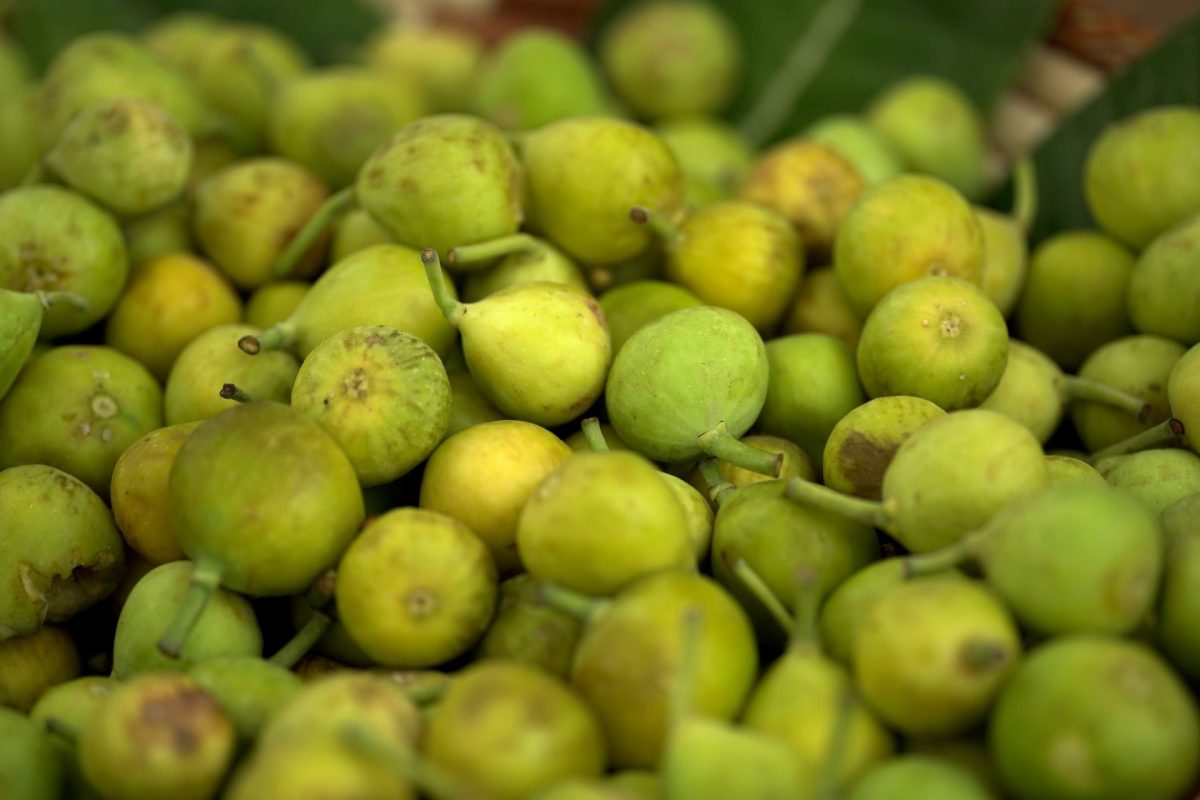YETRAC
Exploring the Delightful World of Figs: A Guide to Nature’s Sweet Bounty
Exploring the Delightful World of Figs: A Guide to Nature’s Sweet Bounty
Figs, the succulent and sweet jewels of nature, have been cherished for centuries across various cultures. Among the diverse varieties of figs, let’s delve into the general wonders of these delightful fruits and discover why they hold a special place in the world of culinary delights.
Fig Varieties Around the Globe
Figs come in a multitude of varieties, each offering a unique flavor profile and texture. Common types include the Black Mission, Brown Turkey, Calimyrna, and Kadota, with distinctions in color, size, and taste.
Nutritional Goodness
Beyond their delectable taste, figs boast impressive nutritional benefits. They are rich in dietary fiber, antioxidants, and a range of vitamins and minerals. This makes figs not only a delicious treat but also a wholesome addition to a balanced diet.
Culinary Versatility
Figs are incredibly versatile in the kitchen. They can be enjoyed fresh, dried, or as a key ingredient in various dishes. From salads and desserts to jams and preserves, figs lend their sweet essence to a myriad of culinary creations.
Dried Figs: A Culinary Classic
Dried figs, in particular, hold a special place in many cuisines. The drying process intensifies their sweetness and creates a chewy texture, making them a favorite snack or addition to both sweet and savory dishes.
Health Benefits
Figs have been associated with several health benefits. Their fiber content promotes digestive health, while the presence of antioxidants contributes to overall well-being. Additionally, figs may aid in managing weight and supporting heart health.
Cultural Significance
Figs have deep cultural roots, symbolizing abundance, fertility, and sweetness in various traditions. They have been featured in ancient mythology, literature, and religious texts, showcasing their enduring significance in human history.
Growing Conditions
Figs thrive in warm climates and are cultivated in many regions worldwide. They are relatively low-maintenance trees, known for their resilience and adaptability. Fig trees can be grown in gardens or even in containers, making them accessible to home gardeners.
Harvesting and Processing
Figs are typically harvested when fully ripe. The drying process involves naturally sun-drying the figs or using controlled methods, depending on the desired end product. The result is the beloved dried fig, a culinary delight enjoyed globally.
Selection and Storage Tips
When selecting fresh figs, look for ones that are plump, soft, and free from bruises. Store fresh figs in the refrigerator and consume them within a few days for optimal freshness. Dried figs, if stored in a cool, dark place, can have a long shelf life.
Whether enjoyed fresh or dried, figs offer a delightful journey for the senses. Their unique taste, coupled with nutritional benefits and cultural significance, makes figs a timeless and beloved fruit across the world.
Incorporate figs into your culinary adventures, and savor the natural sweetness and versatility these fruits bring to your table. From snacking to gourmet creations, figs are an invitation to explore the delicious wonders of nature.

